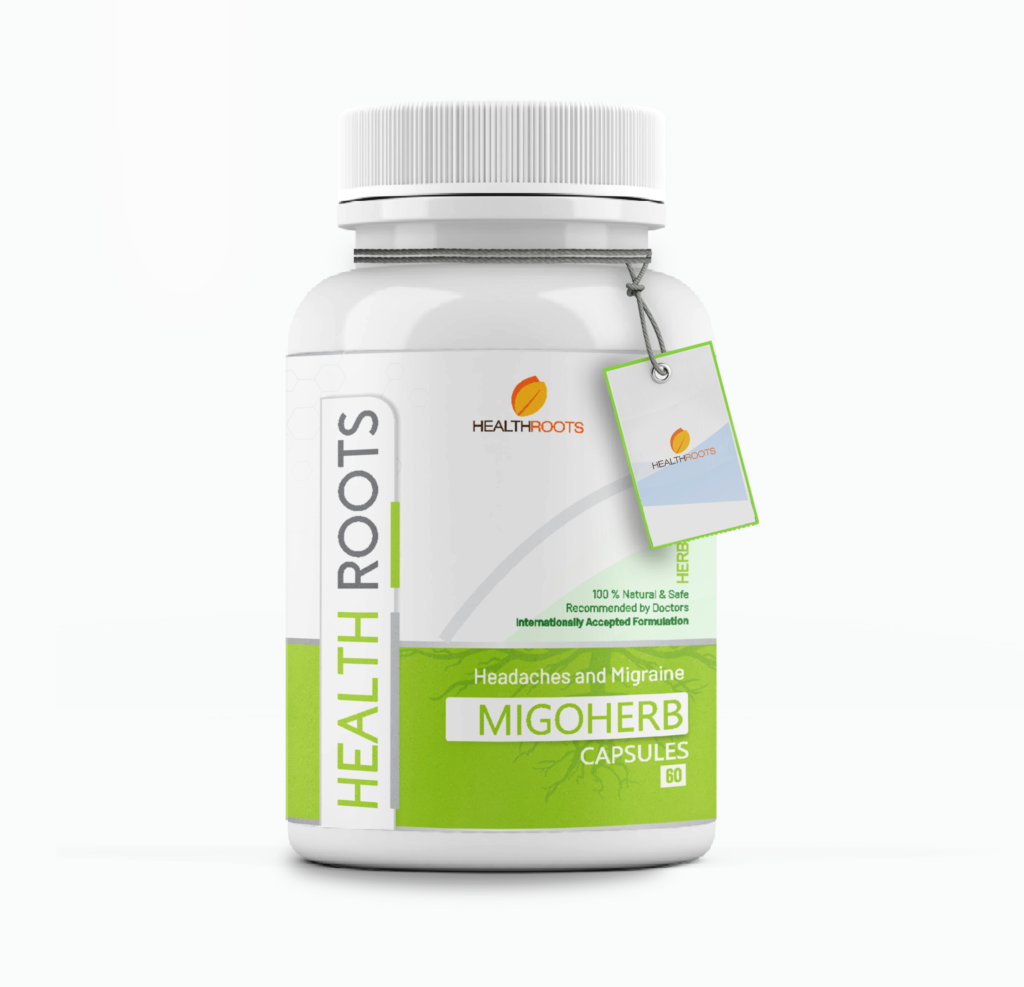
Tanacetum Parthenium - Feverfew in India
Tanacetum parthenium – Feverfew is a flowering plant of the Asteraceae
family. Its name comes from the Latin word febrifugia, meaning “fever reducer.” The feverfew herb has a long history of use in traditional and folk medicine, especially among Greek and early European herbalists. It is a medicinal plant traditionally used for the treatment of fevers, migraine headaches, rheumatoid arthritis, stomach aches, toothaches, insect bites, infertility, and problems with menstruation and labor during childbirth. Traditionally, feverfew was used to treat fevers and other inflammatory conditions. In fact, some people call it the “medieval aspirin”. Feverfew has also been used for psoriasis, allergies, asthma, tinnitus, dizziness, nausea, and vomiting. It has
multiple pharmacologic properties, such as anticancer,
anti-inflammatory, cardiotonic and antispasmodic. The plant is widely cultivated to large regions of the world, and now tanacetum parthenium feverfew is available in India also. Its importance as a medicinal plant is growing substantially with increasing and stronger
reports in support of its multifarious therapeutic uses. Also Read about Butterbur in India
TRADITIONAL HEALTH BENEFITS OF Feverfew TANACETUM PARTHENIUM
Migraine Support, Pain relief, Anxiety and Depression Support.
WHAT IS Tanacetum Parthenium Feverfew USED FOR in India & worldwide?
Migraines: For centuries, people have been taking feverfew to treat migraines. Migraines are moderate to severe headaches that affect one side of the head. They’re typically accompanied by throbbing, pulsating, or pounding pain.
Anticancer effects: Test-tube studies show that compounds in feverfew may inhibit certain cancer cells.
Pain relief: Anti-inflammatory properties of feverfew may help relieve pain.
Elevated mood: feverfew helped reduce symptoms of anxiety and depression.
Treating rosacea: Topical creams containing parthenolide-free feverfew extract may help treat acne rosacea by reducing inflammation. Parthenolide can irritate skin, which is why it’s removed from topical cream.
Product Featuring Tanacetum Parthenium
Tanacetum Parthenium contains a variety of active compounds, such as flavonoids and volatile oils. However, its main compound of interest is parthenolide, found in the plant’s leaves. Studies show that parthenolide may be behind most of the potential health benefits of feverfew.
Tanacetum Parthenium is generally considered safe. In some cases, Tanacetum Parthenium may cause side effects like stomach aches, heartburn, diarrhea, constipation and nausea.
Pregnant women should avoid taking Tanacetum Parthenium, as it may cause early contractions. Research to ensure it’s safe for breastfeeding women is insufficient.
This supplement is generally safe for most people, but if you have any concerns, it’s best to speak to your doctor before trying it.
This information in our Herbal Reference Guide is intended only as a general reference for further exploration, and is not a replacement for professional health advice. Accordingly, this information should be used only under the supervision of a qualified health practitioner.








